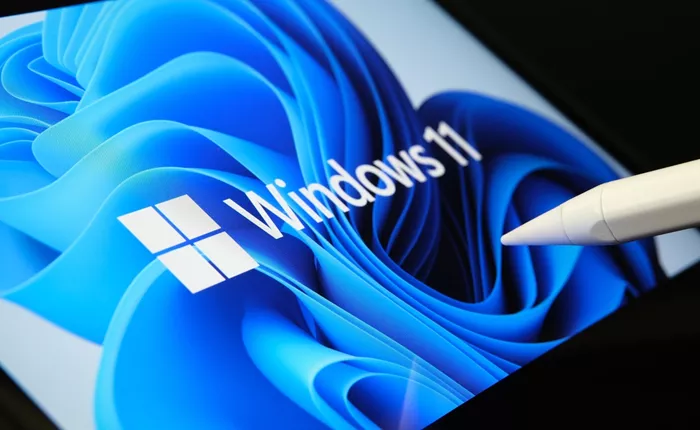Microsoft is introducing a major security upgrade for Windows 11 with a new feature called Administrator Protection. This change is designed to stop attacks that exploit elevated privileges, which have become increasingly common across enterprise and home systems.
According to the 2024 Microsoft Digital Defense Report, attackers use stolen admin credentials in about 39,000 incidents per day, making this security update a high priority.
How Administrator Protection Works
Instead of giving users constant administrator access, Windows 11 now uses a secure system account called the System Managed Administrator Account (SMAA). This account creates a temporary admin token only when it is needed for a specific task.
Users will see an updated security prompt when launching untrusted or unsigned apps. This prompt includes expanded, color-coded regions that extend over the app’s description, giving a clearer warning and visual cue.
To perform an admin-level action, users must authenticate through Windows Hello—using a PIN, fingerprint, or facial recognition. After the task is complete, the elevated token is deleted, ensuring that no unnecessary privileges remain.
Key Security Improvements
This system follows the principle of least privilege, which limits user rights to the minimum necessary. It also removes the old auto-elevation feature, which allowed some Windows components to gain admin rights without asking the user.
Microsoft says this change builds a real security boundary between admin and non-admin environments, unlike the older User Account Control (UAC), which could be bypassed through registry or environment variable tricks.
For example, if a user changes the Notepad theme in non-admin mode, the setting will not carry over to the admin version of Notepad. Each context is kept separate.
How to Enable Administrator Protection
Administrator Protection will be available in all editions of Windows 11: Home, Pro, Enterprise, and Education.
Users can enable it by going to Windows Security > Account Protection. IT teams can also turn it on using Group Policy or Microsoft Intune for larger organizations.
This change also affects how files and settings are saved. Files created during elevated sessions are stored under the SMAA profile, and registry changes do not sync between standard and admin contexts.
Microsoft recommends running apps with the lowest privilege possible and only using elevation for specific actions.
Privacy Protections and Broader Impact
As of May 2025, Microsoft will also block access to sensitive resources—like the camera, microphone, and location—when apps run in elevated mode. Users must explicitly allow access if needed.
Microsoft’s David Weston calls Administrator Protection “the most significant architectural change in Windows security in a generation.” The feature is part of the company’s larger Windows Resiliency Initiative, focused on protecting users from modern cyber threats.


